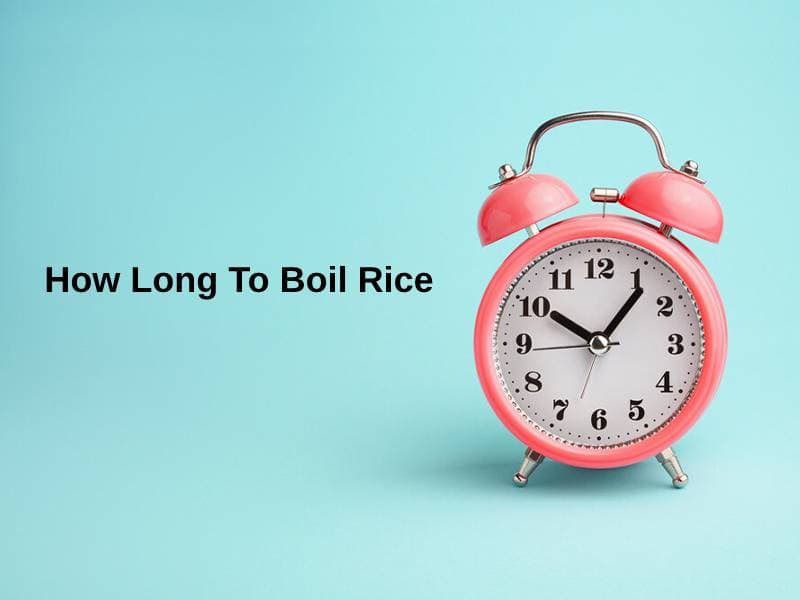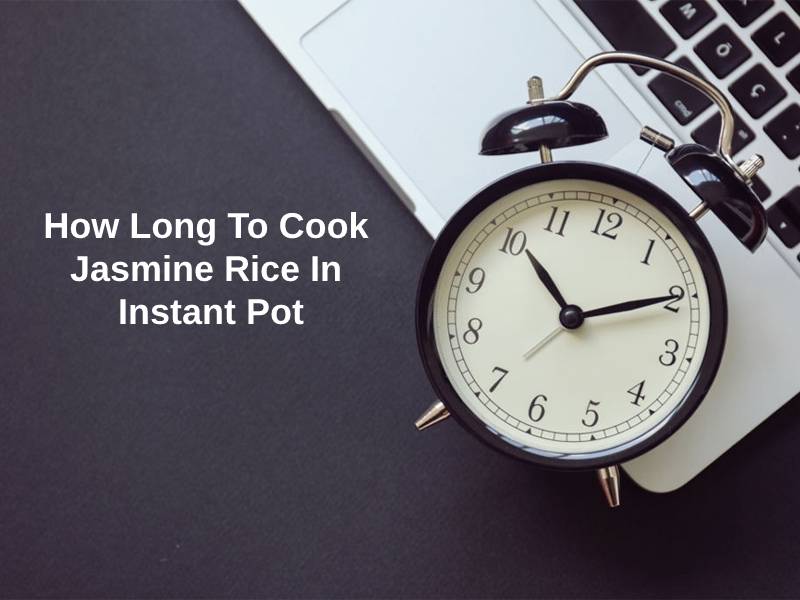What is White Vinegar?
White vinegar is a type of vinegar made from the fermentation of distilled alcohol. It is a clear liquid with a high acidic content and a sour taste. The primary production source for white vinegar is grain-based ethanol, although it can also be produced from other sources, like distilled alcohol derived from fruits or other grains.
Key Points about White Vinegar:
- Production Process: White vinegar is produced through a two-step fermentation process. First, alcohol is made by fermenting a carbohydrate source such as corn, rice, wheat, or malt. Then, bacteria called Acetobacter aceti are introduced, converting the alcohol into acetic acid through a process known as acetic acid fermentation.
- Acidity: White vinegar has a high acetic acid content, around 4% to 7% acidity, which gives it its sharp taste and makes it a useful ingredient in various culinary applications and household uses.
- Versatile Use: It is commonly used in cooking, pickling, salad dressings, marinades, and as a natural cleaning agent due to its acidic properties, which help cut through grease, grime, and mineral deposits.
- Non-Culinary Applications: Apart from cooking, white vinegar is widely used for household cleaning purposes due to its disinfectant and deodorizing properties. It’s used for cleaning surfaces, removing stains, eliminating odors, and as an eco-friendly alternative to chemical cleaners.
- Preservative Qualities: Due to its acidic nature, white vinegar has mild preservative properties, making it suitable for preserving certain foods and extending their shelf life. It’s used in pickling various vegetables and condiments.
- Health and Wellness: Some people use white vinegar as a home remedy for various health conditions, but it’s essential to use it cautiously as it can be harmful if ingested in large quantities.
What is Rice Vinegar?
Rice vinegar is a type of vinegar made from fermented rice. It is a staple in Asian cuisine, particularly in East and Southeast Asian countries, and is known for its mild, slightly sweet flavor. Rice vinegar is produced from the fermentation of rice wine, resulting in a tangy, mellow vinegar that complements various dishes.
Key Points about Rice Vinegar:
- Fermentation Process: Rice vinegar is made from fermented rice wine. Initially, rice is fermented to produce rice wine. Then, a second fermentation process converts the rice wine into vinegar. This process involves the growth of acetic acid bacteria, which convert the alcohol in the rice wine into acetic acid, the primary component of vinegar.
- Varieties: There are different types of rice vinegar, each with distinct characteristics. The most common types include:
- White Rice Vinegar: Known for its clear color and mild taste, it is used in various Asian cuisines for pickling, salad dressings, and marinades.
- Seasoned Rice Vinegar: Pre-seasoned with sugar and salt, offering a slightly sweet and tangy taste, commonly used in sushi rice and marinades.
- Black Rice Vinegar: Commonly used in Chinese cuisine, this variety is dark in color and has a deeper, malty flavor.
- Flavor Profile: Rice vinegar has a mild and slightly sweet flavor compared to other vinegars. It’s less acidic than other types, making it suitable for dressings, marinades, and various dishes without overpowering the other flavours.
- Culinary Uses: Rice vinegar is widely used in Asian cooking for pickling, as a seasoning in sushi rice, for making sauces and dressings, and as a flavor enhancer in various dishes such as stir-fries, marinades, and dipping sauces.
- Health Benefits: Like other types of vinegar, rice vinegar is believed to have potential health benefits, including aiding digestion and offering antioxidants. However, the evidence supporting these claims might vary and require further research.
- Non-Culinary Applications: Besides its culinary uses, rice vinegar is sometimes used as a natural cleaning agent due to its mildly acidic nature.
Comparison Table Between White Vinegar vs Rice Vinegar
| Features | White Vinegar | Rice Vinegar |
|---|---|---|
| Production Source | Made from the fermentation of distilled alcohol (grain-based ethanol), derived primarily from grains like corn or wheat. | Produced from fermented rice, involving the fermentation of rice wine to convert it into vinegar. |
| Acidity | Typically has higher acidity, ranging from 4% to 7%, giving it a strong, sharp taste. | Generally possesses lower acidity compared to white vinegar, with a milder, slightly sweet flavor profile. |
| Color | Clear and colorless liquid. | Comes in various types: white rice vinegar is clear; seasoned rice vinegar might have a slightly darker hue due to added seasonings; black rice vinegar is darker in color. |
| Flavor | Strong, sharp taste, highly acidic, suitable for cleaning and pickling purposes. | Milder, slightly sweet taste, less acidic, used in Asian cuisine for pickling, dressings, and marinades. |
| Culinary Uses | Used for pickling, cleaning, and in various recipes for its strong acidic properties. | Widely used in Asian cooking for pickling, sushi rice seasoning, salad dressings, and as a flavor enhancer in various dishes. |
| Varieties | Varied mainly by acidity and strength, with no specific types based on production sources. | Comes in different forms such as white, seasoned, and black rice vinegar, each with distinct taste and uses. |
| Health Benefits | Some believe it may offer benefits like aiding digestion and having disinfectant properties. | Like other vinegars, rice vinegar is also believed to provide potential health benefits including aiding digestion and offering antioxidants. |
| Non-Culinary Uses | Commonly used as a household cleaner due to its strong acidity and disinfectant properties. | Can be used as a natural cleaning agent but primarily known for culinary applications. |


















